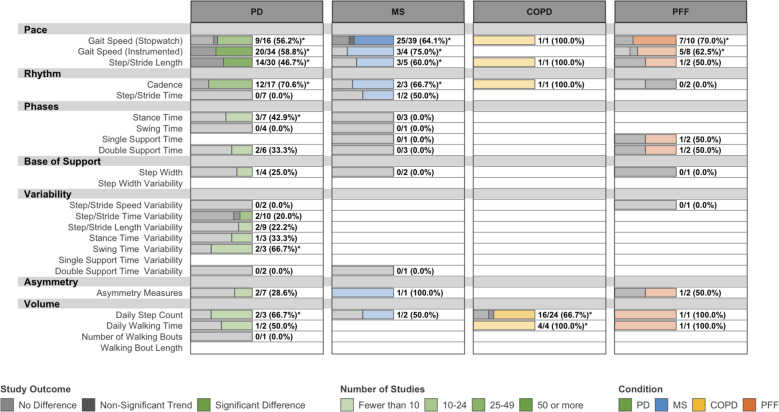Fig. 6. Responsiveness of DMOs used as primary or secondary endpoints when a studied intervention was effective.
PD Parkinson’s disease, MS multiple Sclerosis, COPD chronic obstructive pulmonary disease, PFF proximal femoral fracture. Data are presented as: Number of studies with statistically significant differences between groups/Total studies (%). This map may overestimate the responsiveness of DMOs, which were occasionally used as sole primary outcomes (i.e., gait speed and step count), since negative results could be due either to the DMO’s responsiveness or to the intervention’s efficacy. DMOs known to be highly intercorrelated were grouped (i.e., step length and stride length), and all DMOs were organized according to previously established domains of gait. *Proportion of studies exceeds the expected false-positive rate as determined by Bernoulli hypothesis testing and Benjamini–Hochberg adjustment.

